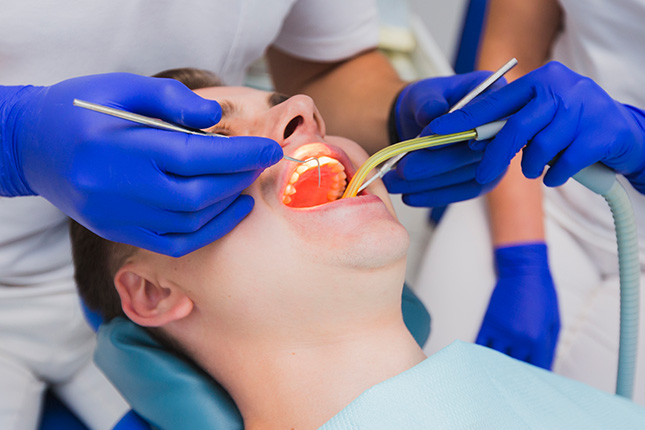If you’ve recently had a root canal—or have one coming up—it’s normal to wonder how long the healing process will take. While a root canal is a highly effective way to save a damaged or infected tooth, it does involve some recovery time. Understanding what’s normal during healing can help you feel more prepared and confident in your post-treatment care.
In this article, we’ll explore the typical healing time for a root canal, what symptoms are expected, and what you can do to support a quick and comfortable recovery.
Typical Healing Time After a Root Canal
Most patients experience mild discomfort for a few days following a root canal. This is a natural part of the healing process and usually resolves without complications. For many, healing takes about 3 to 7 days, although sensitivity can linger slightly longer in some cases.
However, full healing of the surrounding bone and tissue can take a few weeks to a few months, especially if there was significant infection present before the procedure.
Here’s a quick breakdown:
- 0–3 Days: Initial soreness or mild pain near the treated tooth
- 3–7 Days: Discomfort should begin to subside significantly
- 2–4 Weeks: Most soft tissue healing is complete
- 1–3 Months: Full internal healing, especially around the bone, occurs
What You Might Feel During Healing
It’s common to experience:
- Mild pain or tenderness when chewing
- Slight gum swelling near the treated area
- Sensitivity to pressure or temperature (especially right after treatment)
These symptoms are temporary and should gradually improve each day. Over-the-counter pain relievers such as ibuprofen can help manage discomfort. If your dentist prescribed medication, follow instructions closely.
What’s not normal? Severe pain, swelling that worsens after a few days, fever, or any pus/discharge. These could indicate infection or complications and should be addressed immediately by your dentist.
Tips to Support a Smooth Recovery
Here’s how to take care of yourself after your root canal:
- Avoid chewing on the treated side for the first few days.
- Eat soft foods like soups, yogurt, and mashed potatoes.
- Brush and floss gently, especially around the treated area.
- Avoid smoking or alcohol, which can slow healing.
- Follow all dentist instructions, especially if a crown is being placed later.
If your tooth hasn’t yet received a crown or permanent filling, be careful not to put pressure on it, as it’s more vulnerable to damage until fully restored.
Do You Need a Follow-Up Appointment?
In most cases, a follow-up visit is required to place a permanent crown or filling on the treated tooth. This not only restores function but also protects the tooth from future fractures or reinfection.
If you continue to feel discomfort beyond a week or notice anything unusual, don’t hesitate to call your dentist. Early intervention can prevent long-term issues.
Final Thoughts
The healing time for a root canal varies slightly from person to person, but most patients start feeling significantly better within a week. With proper care and follow-up, your treated tooth can last a lifetime—pain-free and fully functional.If you’re considering a root canal or are recovering from one, Dr. Loren Grossman and his experienced team are here to guide you every step of the way. Contact us today to schedule your appointment and get personalized care you can trust.




